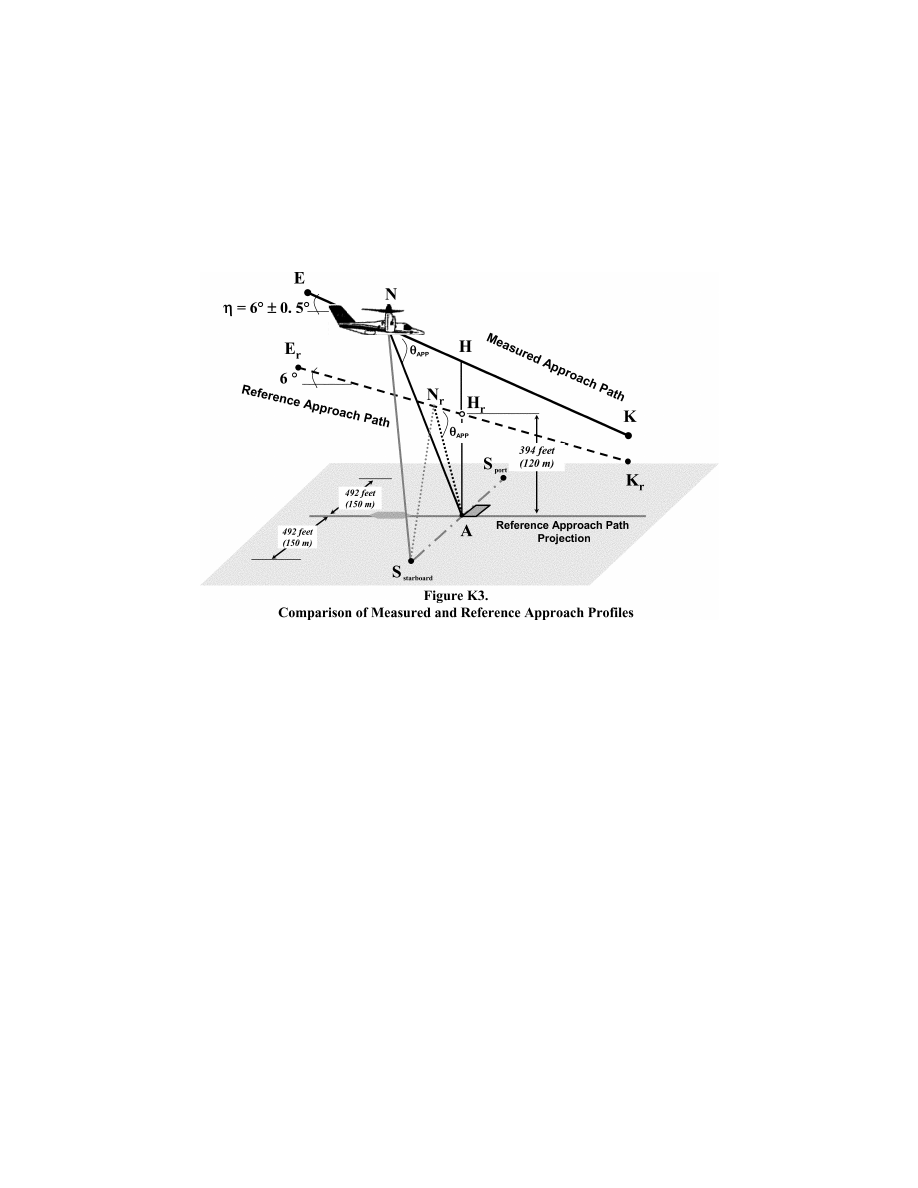
839
Federal Aviation Administration, DOT
Pt. 36, App. K
Section K4 Noise Limits
For a tiltrotor, the maximum noise levels,
as determined in accordance with the noise
evaluation in EPNdB and calculation method
described in section H36.201 of Appendix H of
this part, must not exceed the noise limits as
follows:
(a)
At the takeoff flight path reference point:
For a tiltrotor having a maximum certifi-
cated takeoff weight (mass) of 176,370 pounds
(80,000 kg) or more, in VTOL/Conversion
mode, 109 EPNdB, decreasing linearly with
the logarithm of the tiltrotor weight (mass)
at a rate of 3.0 EPNdB per halving of weight
(mass) down to 89 EPNdB, after which the
limit is constant. Figure K4 illustrates the
takeoff noise limit as a solid line.
(b)
At the Flyover path reference point:
For a
tiltrotor having a maximum certificated
takeoff weight (mass) of 176,370 pounds
(80,000 kg) or more, in VTOL/Conversion
mode, 108 EPNdB, decreasing linearly with
the logarithm of the tiltrotor weight (mass)
at a rate of 3.0 EPNdB per halving of weight
(mass) down to 88 EPNdB, after which the
limit is constant. Figure K4 illustrates the
flyover noise limit as a dashed line.
(c)
At the approach flight path reference
point:
For a tiltrotor having a maximum cer-
tificated takeoff weight (mass) of 176,370
pounds (80,000 kg) or more, in VTOL/Conver-
sion mode, 110 EPNdB, decreasing linearly
with the logarithm of the tiltrotors weight
(mass) at a rate of 3.0 EPNdB per halving of
weight (mass) down to 90 EPNdB, after which
the limit is constant. Figure K4 illustrates
the approach noise limit as a dash-dot line.
VerDate Sep<11>2014
12:50 Apr 30, 2019
Jkt 247046
PO 00000
Frm 00849
Fmt 8010
Sfmt 8002
Y:\SGML\247046.XXX
247046
ER08JA13.009</GPH>
spaschal on DSK3GDR082PROD with CFR